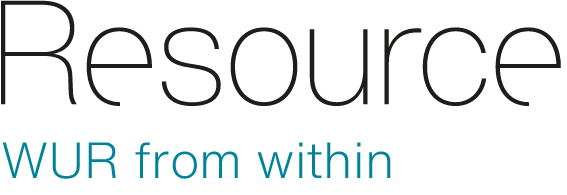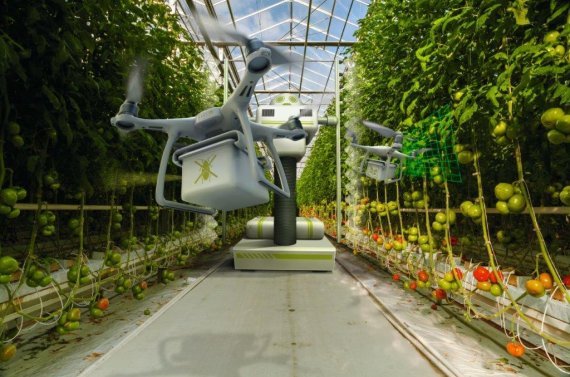© Pascal Tieman
This year, 21 teams have signed up for the Autonomous Greenhouses Challenge, organised by WUR and tech company Tencent. On 12 and 13 September, the jury will select five teams, which will grow tomatoes for six months in WUR’s trial centre in Bleiswijk.
Sensor technology
To qualify for the competition, the teams will have to demonstrate their knowledge and skills during a hackathon that takes place this week. Multidisciplinary teams with expertise in the areas of horticulture, crop physiology, artificial intelligence and sensor technology will be growing digital cherry tomatoes using computer models for greenhouse climate and crop cultivation. If they qualify for the challenge, they will compete against each other and against the “control group”: Dutch farmers who grow using classic methods. The aim is more than simply achieving high production: the competitors should also use resources efficiently.
Production
Silke Hemming, head of Greenhouse Technology at WUR, is co-organiser of the Autonomous Greenhouses Challenge. What were the results and yields of the first competition that took place in 2018? ‘Last year, five teams were given four months to grow cucumbers. Four teams achieved good results. The winning autonomous team even achieved 17 percent higher production than the control group of Dutch horticulturists.’
Strategy
The interesting thing about the competition was that the teams used different climate and crop growing strategies, Hemming says. ‘Vegetable growers can learn from this and optimise their vegetable production, even without using artificial intelligence’, Hemming elaborates.
Algorithms
‘We have shown that artificial intelligence offers perspectives. However, nearly all teams also made use of expert knowledge in their AI algorithms. In the future, these algorithms should become entirely self-learning and be able to adapt to varying climate conditions, greenhouse types, crops and crop varieties.’
The challenge for the teams remains choosing the right sensors that provide usable and interpretable data. ‘We need more digital information, especially regarding crop development. Specific sensors that directly measure crop development would help in this regard. In the previous edition (article in Dutch), this was mostly measured manually. This requires additional research’, Hemming says.

